New mathematical models of our Milky Way Galaxy are helping a team of Argentine, Chilean and Spanish astrophysicists trace the origins of our galaxy back through time.
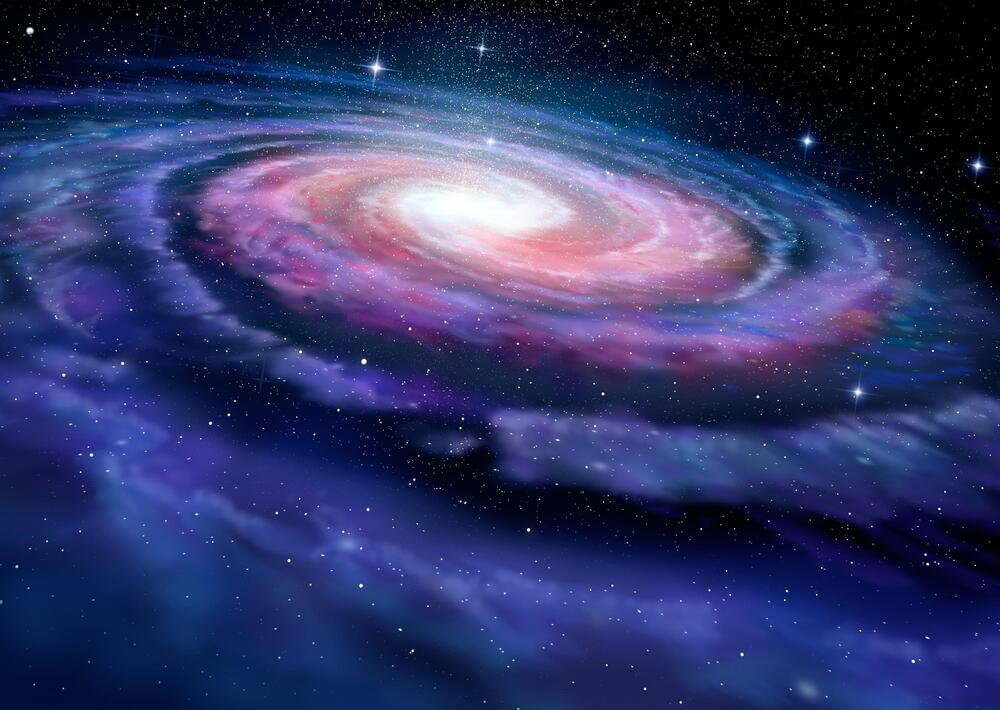

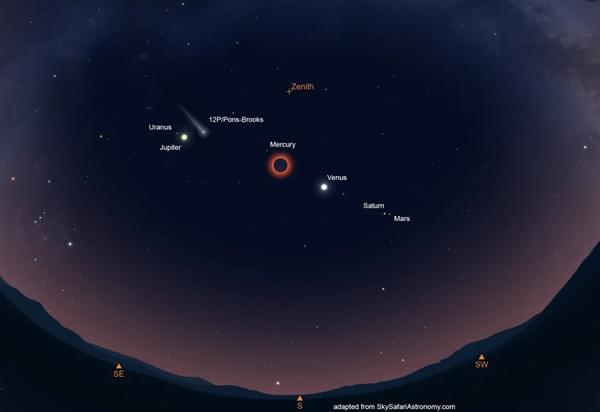
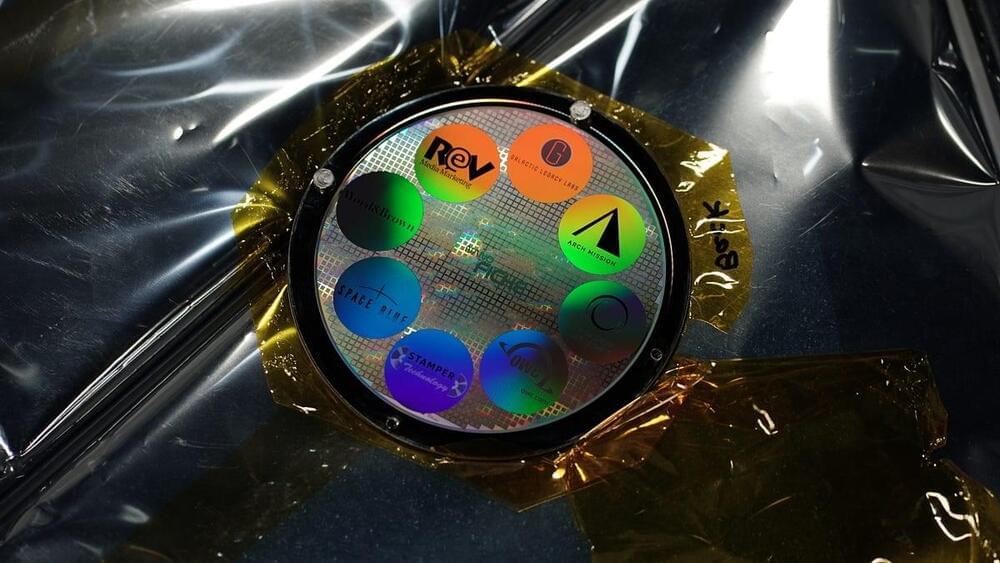
Could we disregard author rights for the sake of putting civ backup?
And put a lot more or at least more chosen pieces (but what to choose)?
We are thrilled to announce that on February 22, 2024, our third attempt to land the Arch Mission Foundation’s 30 million page Lunar Library on the Moon has succeeded!
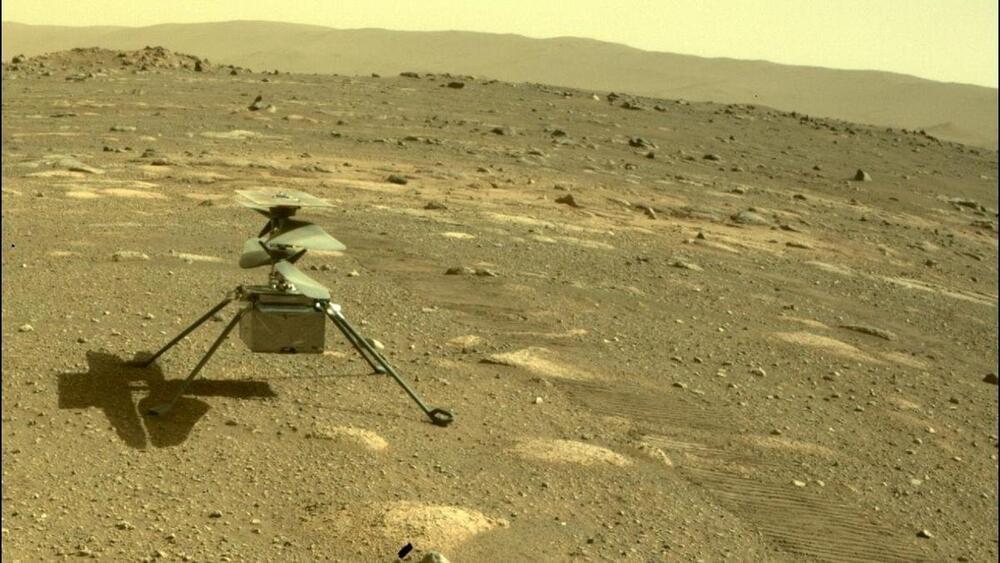

NASA’s Mars helicopter, Ingenuity, has seen its last days of flight — but its friend, the Perseverance rover, hasn’t said goodbye just yet.
Originally published earlier this month by NASA, the grainy raw images of Ingenuity sitting sadly in the sand ripples of Mars’ Neretva Vallis river valley, cleaned up images of the little chopper that could were posted by German design student Simeon Schmauss on on X-formerly-Twitter and Flickr.
The enhanced displays, as Schmauss explained, were created when he pasted together six of the raw images, zoomed in on Ingenuity, and altered the image’s colors “to approximately match what the human eye would see.”
Read The Article Here https://time.com/6208174/maybe-the-universe-thinks/The concept that the Universe resembles a brain, a neural network, or a self-organizi…
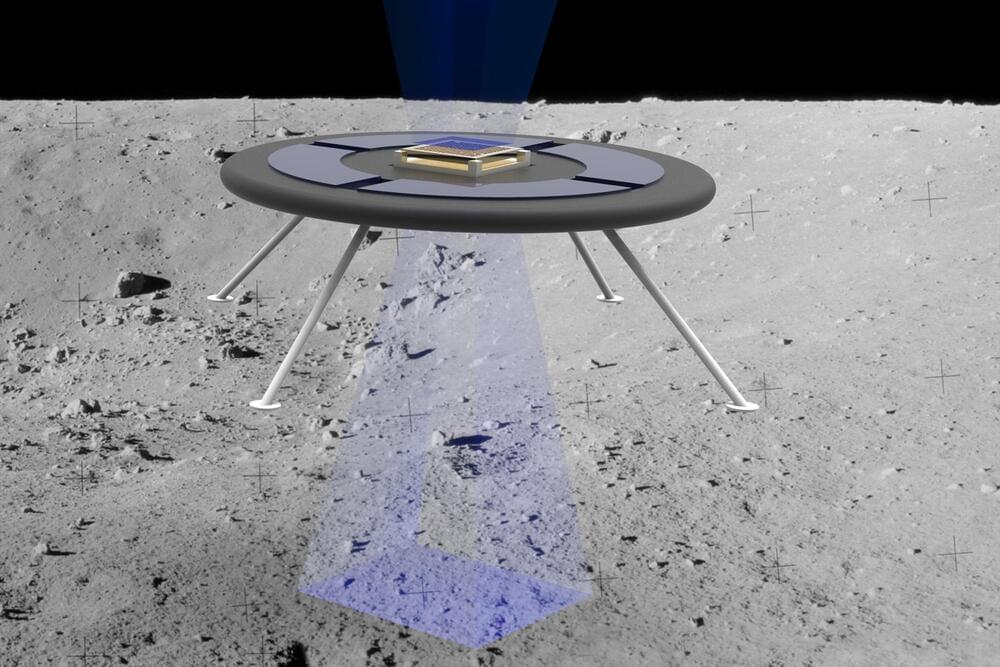
Year 2021 face_with_colon_three
Because they lack an atmosphere, the moon and other airless bodies such as asteroids can build up an electric field through direct exposure to the sun and surrounding plasma. On the moon, this surface charge is strong enough to levitate dust more than 1 meter above the ground, much the way static electricity can cause a person’s hair to stand on end.
Engineers at NASA and elsewhere have recently proposed harnessing this natural surface charge to levitate a glider with wings made of Mylar, a material that naturally holds the same charge as surfaces on airless bodies. They reasoned that the similarly charged surfaces should repel each other, with a force that lofts the glider off the ground. But such a design would likely be limited to small asteroids, as larger planetary bodies would have a stronger, counteracting gravitational pull.
The MIT team’s levitating rover could potentially get around this size limitation. The concept, which resembles a retro-style, disc-shaped flying saucer, uses tiny ion beams to both charge up the vehicle and boost the surface’s natural charge. The overall effect is designed to generate a relatively large repulsive force between the vehicle and the ground, in a way that requires very little power. In an initial feasibility study, the researchers show that such an ion boost should be strong enough to levitate a small, 2-pound vehicle on the moon and large asteroids like Psyche.
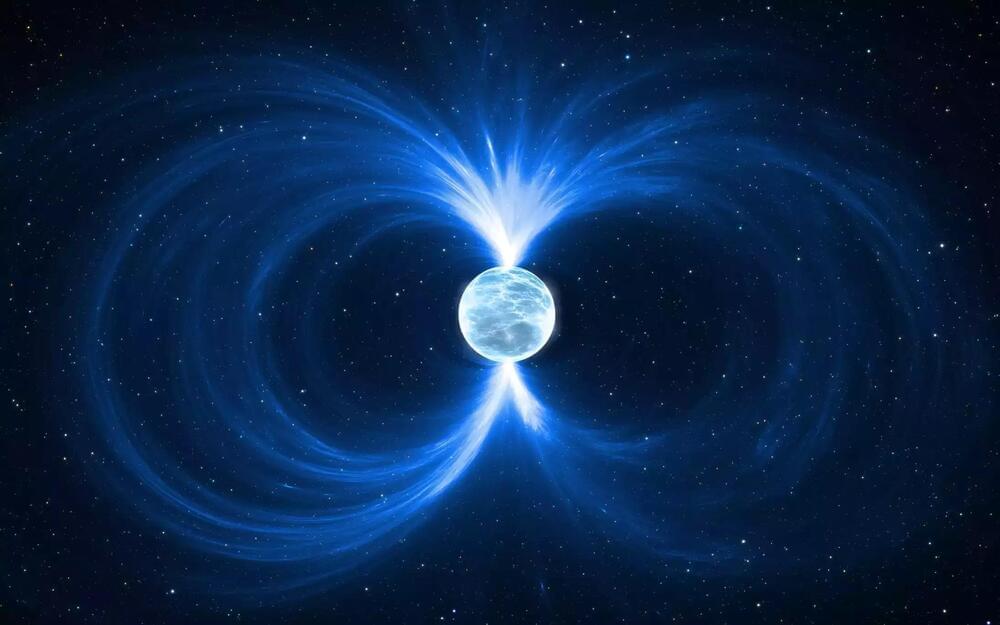
Hunting for a neutron star
To discover what lies at the center of SN 1987A, astronomers needed a telescope big enough and advanced enough to detect evidence of radiation from a hidden neutron star.
Enter the James Webb Space Telescope: the largest, most powerful telescope ever launched into space that is already revolutionizing our understanding of the universe within its first two years of operation.
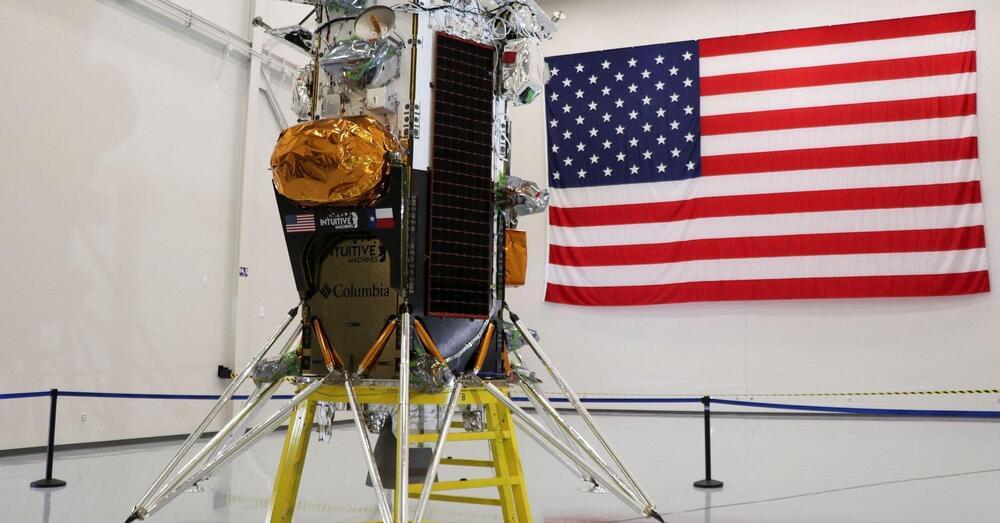
Shares of Intuitive Machines, which fell for two straight sessions before the landing, were among the top trending stocks on retail trader platform Stocktwits on Friday.
More shares traded in February — exceeding 200 million — than in the previous two years combined, according to LSEG data.
Ghaffarian, who is also the co-founder of Axiom Space, is on the board of other space organizations and has held numerous technical and management positions at Lockheed Martin, Ford Aerospace and Loral.
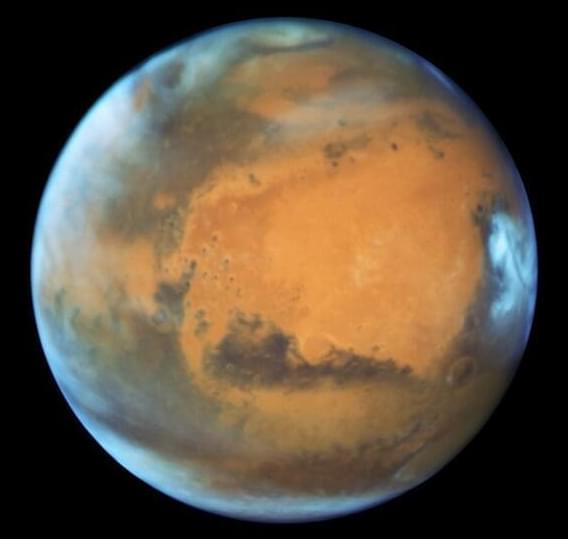
The agency says applicants must have a master’s degree with STEM qualifications and experience in the field, or a minimum of 1,000 hours piloting an aircraft or the requisite military experience. A bachelor of science degree in a STEM field also may be considered, NASA said.
“What we are looking for in this call is everyday civilians who are very astronaut-like to be research participants for us,” Bell said.
Compensation for participating in the mission is available, according to NASA, but an exact salary will be provided during the candidate screening process.